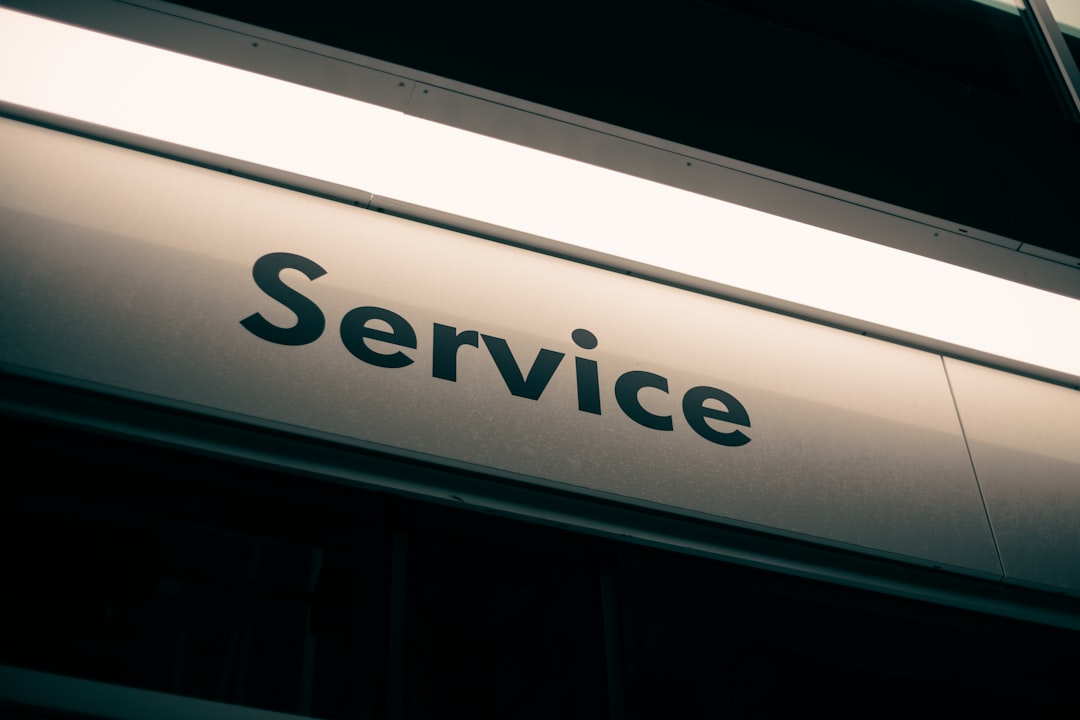Pipeline stringing is an important step in pipeline construction. It involves laying out the pipes end to end along the trench or right-of-way before welding and installation. This process helps ensure that the pipeline is placed accurately and safely. Whether it’s for oil, gas, or water, stringing plays a vital role in successful pipeline projects. Here’s what you need to know.
What Is Pipeline Stringing?
Pipeline stringing is the process of transporting and placing individual pipe segments along the route of a pipeline. Once delivered to the construction site, the pipes are unloaded and placed in a sequence. This arrangement makes it easier for the welding, coating, and installation crews to complete their tasks quickly and efficiently.
Steps Involved in Pipeline Stringing
The stringing process usually begins once the right-of-way has been cleared and the ground prepared. Here are the common steps:
Transporting the Pipe: Pipes are usually delivered to the site using trucks. Each truck carries multiple segments, often 40 to 80 feet long.
Unloading the Pipe: Special equipment such as side booms or cranes is used to unload the pipe. Care is taken to prevent damage to the coating.
Laying the Pipe: The pipe sections are placed next to the trench along the right-of-way. They are laid in the correct orientation for welding.
Inspection: Before welding begins, each pipe is inspected for damage or defects. Any faulty pipe is set aside for repair or replacement.
Alignment: The stringing team ensures that the pipes are aligned properly. Proper alignment is key to smooth welding and minimal stress on the joints.
Equipment Used in Pipeline Stringing
Pipeline stringing requires specific tools and machines to ensure safety and accuracy. These include:
Side booms: Used to lift and move the pipe without causing damage.
Pipe trailers: Transport the pipe from storage yards to the work site.
Padding machines: Create a soft bed in the trench for the pipe.
Vacuum lifts: Offer a safe and efficient way to lift heavy pipe sections.
Each machine must be operated by trained personnel to prevent accidents and ensure smooth operations.
Safety Measures During Stringing
Safety is a top priority in pipeline stringing. Workers must follow strict safety rules to avoid injury. Here are some of the safety practices:
Use of personal protective equipment (PPE) like helmets, gloves, and safety boots.
Equipment checks before each use to ensure they are functioning correctly.
Proper communication between team members to coordinate lifting and laying.
Clear zones around machinery to protect people on the ground.
Failing to follow safety procedures can lead to serious accidents and costly delays.
Why Proper Stringing Matters
Proper stringing saves time and reduces costs. If pipes are damaged or misaligned, repairs and adjustments will slow down the entire construction process. Good stringing also ensures the longevity of the pipeline, helping it resist pressure and environmental factors once in operation.
In addition, stringing in a well-organized way prevents unnecessary handling of the pipe, which reduces the risk of coating damage and corrosion.
Final Thoughts
Pipeline stringing is more than just laying pipe on the ground. It’s a careful and coordinated process that affects the success of the entire project. From transportation and alignment to safety and inspection, each step matters. With skilled teams, proper equipment, and attention to detail, pipeline stringing can be done safely and efficiently. Whether you’re managing a project or just curious about how pipelines are built, understanding stringing is a good place to start.






 “Revolutionizing Pricing Strategies: The Power of Artificial Intelligence”
“Revolutionizing Pricing Strategies: The Power of Artificial Intelligence”